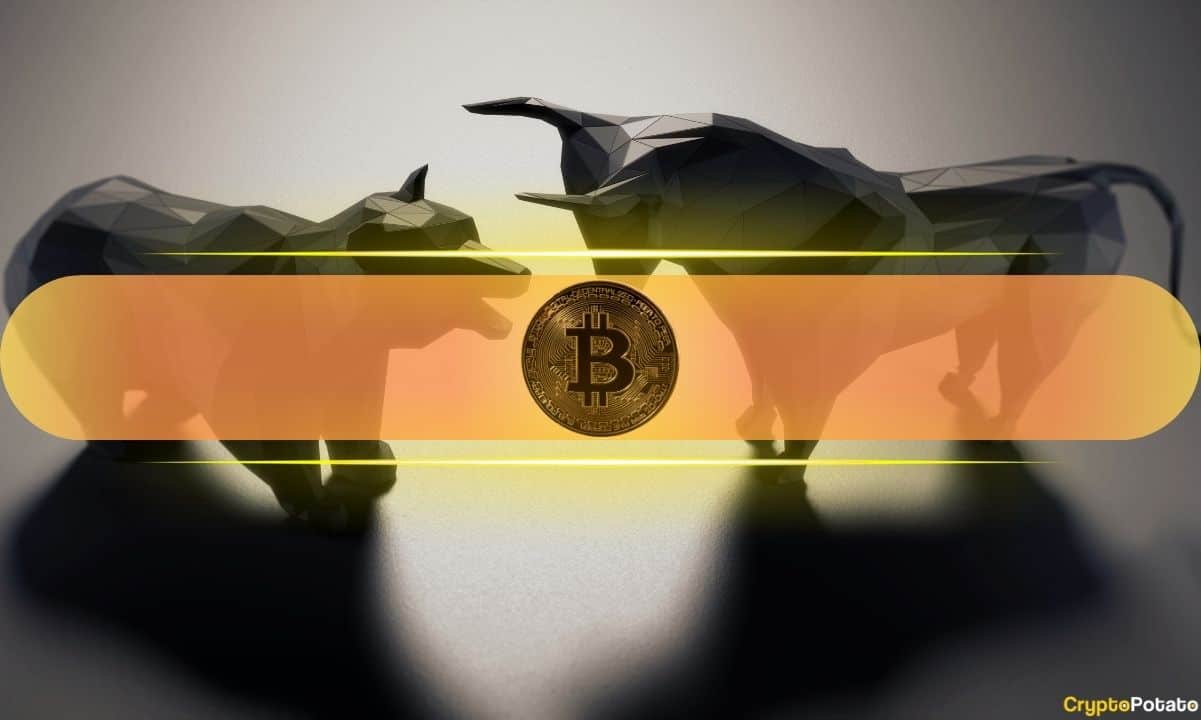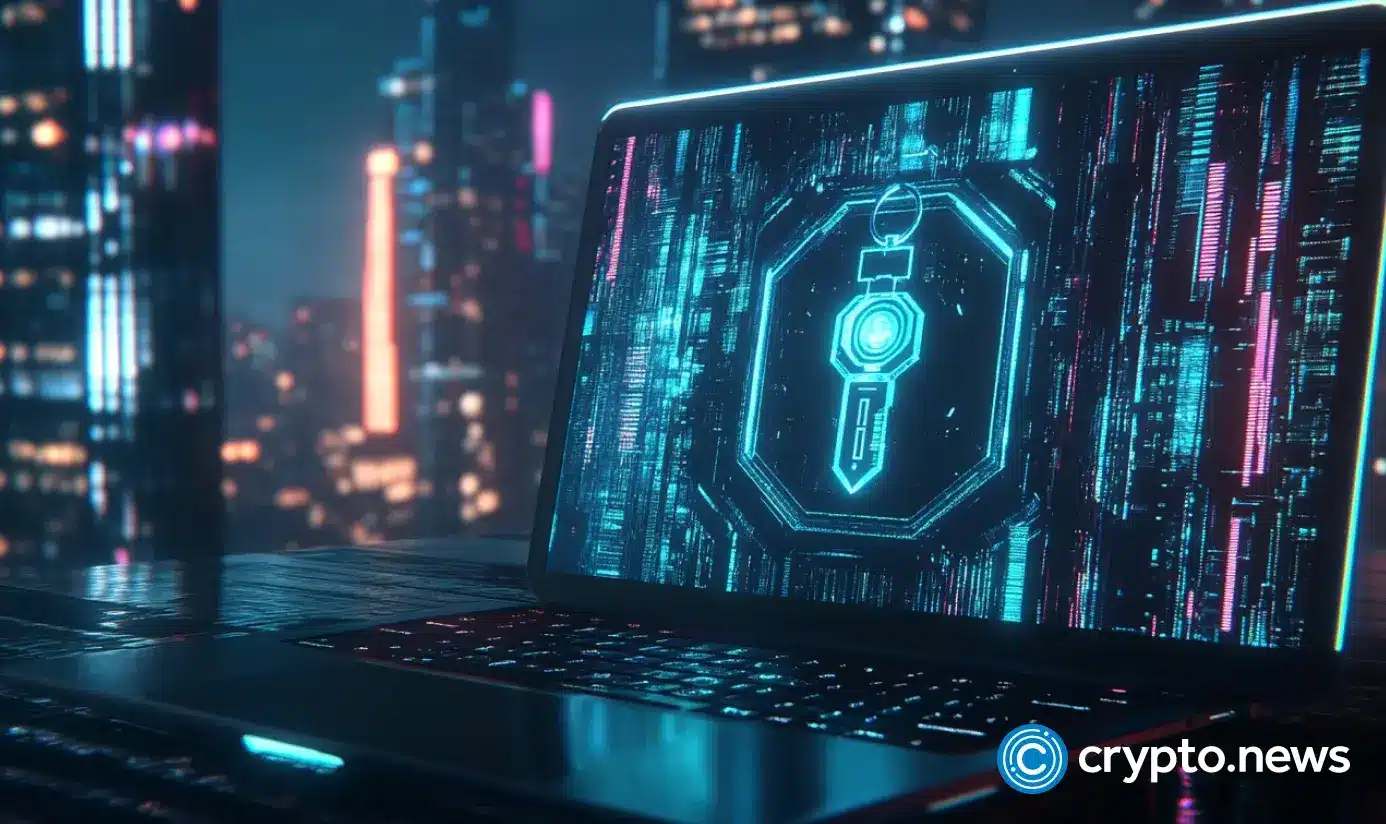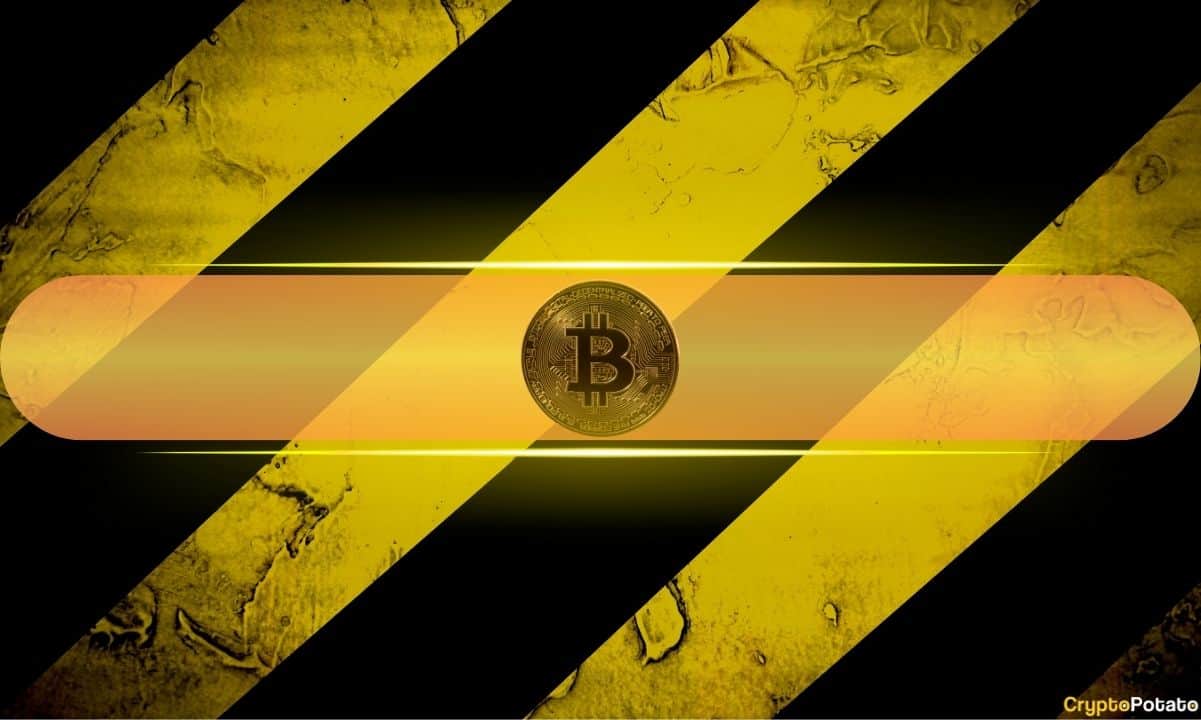Disclosure: This article does not represent investment advice. The content and materials featured on this page are for educational purposes only.
With the FlexGas feature, Trust Wallet enables users to pay transaction fees using tokens like TWT, USDT, or BNB, aiming to make web3 as seamless as it ought to be.
Gas fees remain one of the most persistent sources of frustration in the crypto world, often unpredictable, unintuitive, and a major barrier to broader adoption. For many users, the requirement to hold a specific network token just to complete a transaction adds unnecessary friction to an already complex system.
After recently introducing Stablecoin Earn, a feature that puts idle digital assets to work, Trust Wallet is now focusing on the cost and complexity of onchain transactions. With a new feature called FlexGas, the wallet allows users to pay gas fees using tokens like TWT, USDT, or BNB, removing one of the biggest frictions in everyday crypto use. FlexGas is built on top of a new Ethereum standard that enables smart contract-based gas abstraction, and Trust Wallet is among the first wallets to implement it on the mainnet.
To understand how this next step fits into Trust Wallet’s broader vision for usability and access, we spoke with Eowyn Chen, the company’s CEO.
1. Gas fees have long been a pain point for crypto users. What prompted Trust Wallet to develop a new approach to this problem now?
We’ve always believed that for crypto to truly scale, self-custodial experiences need to match, or even surpass, the usability of traditional apps. Gas fees are one of the most persistent blockers to that. What made this the right time is twofold: first, Ethereum’s progress on EIP-7702 gave us a clean technical path to abstract gas natively, without compromising custody or security. Second, the product momentum we had from Stablecoin Earn gave us the confidence to tackle another foundational user problem, not just surface-level improvements, but deeper, infrastructure-layer change.
2. What kinds of user pain points are you aiming to solve with FlexGas?
FlexGas is about removing “silent restrictions” on the user experience. Today, even simple actions like sending crypto or minting an NFT can fail because a user lacks a small amount of the right gas token. That’s not just frustrating, it’s confusing, especially for newer users. We’ve seen drop-offs at this exact point in the journey. FlexGas solves that by letting users pay with tokens they already hold, like USDT or TWT. That way, they can just focus on what they want to do, not how to do it.
3. Gas fees are confusing and disruptive for many users. How does FlexGas help make web3 feel more like web2?
Most people don’t think about bandwidth when they browse the internet, they just expect things to work. That’s the mindset we’re bringing to web3. With FlexGas, the transaction still happens onchain, but the user doesn’t need to manage the underlying logistics. They’re not forced to swap or transfer just to cover a fee. We abstract the hard parts, but preserve the principles: full control, full ownership, and seamless access.
4. Why did you choose to build FlexGas on EIP-7702, a new standard for temporary smart contract accounts, instead of using existing solutions?
EIP-7702 gave us a path to introduce smart account behavior within standard EOAs, without requiring users to switch wallets or deploy contracts. That was a breakthrough. Many of the existing account abstraction models added overhead, complexity, or trust tradeoffs. We wanted something elegant, secure, and scalable, and 7702 gave us the base to build exactly that, using our own in-house Paymaster, Relayer, and Bundler infrastructure.
5. Can you walk us through how FlexGas works? What happens behind the scenes when a user pays gas with tokens like TWT, USDT, or BNB?
FlexGas is powered by a combination of Trust Wallet’s onchain and offchain infrastructure, enabling gas payments in supported tokens. At its core, we built a custom Rust implementation of key ERC-4337 components, including our Paymaster and Bundler, which handle the conversion logic and execution flow when a user chooses to pay with something like USDT, TWT, and other non-gas tokens.
Behind the scenes, FlexGas routes the transaction through our audited 7702 smart contract. This contract acts as the foundation of our infrastructure and is designed with the highest security standards, fully resilient against major risks like the canonical EntryPoint contract exploit. It has been audited by Binance Security Team, Quantstamp, Halborn, and independently validated by Octane Security.
We’re also actively working to expand the list of supported gas tokens, giving users even greater flexibility and making the transaction experience smoother across chains.
6. You’ve described FlexGas as the first use case built on your internal 7702/4337 infrastructure. What else do you plan to build on this foundation?
FlexGas is just the beginning, our first live use case built on top of a modular, in-house account abstraction stack. Next, we’re focused on unlocking new wallet capabilities that feel seamless to users but are deeply powered by smart logic:
- Subscription and batch transactions: Automate recurring actions like staking or rebalancing with one-click execution on a fixed schedule.
- Cross-chain gas abstraction: Use tokens on one chain (like Ethereum) to pay gas on another (like BNB Chain), powered by our unified Paymaster network.
- Programmable wallet sessions: Enable delegated access with onchain-enforced limits, like time-bound permissions or spending caps.
Long term, we see the wallet becoming an intelligent, plugin-based engine. dApps, partners, or merchants will be able to plug in Paymaster policies that shape the gas experience, while users enjoy intuitive, web2-style simplicity, all without compromising the self-custody and security that make web3 unique.
7. What role do you think gas abstraction will play in the next generation of self-custodial wallets?
It’s foundational. The next wave of wallets won’t just store your keys, they’ll actively help you interact with the onchain world, intelligently and securely. Gas abstraction is one of the key steps toward that. It takes the burden of managing chains, tokens, and fees off the user, without giving up the self-custody that defines web3. We see wallets evolving into trusted companions, tools that work for you, not just with you.
In a sector often defined by technical complexity, meaningful progress tends to come from making things simpler, not harder. FlexGas may not eliminate gas fees, but removing the need to manage them first reframes the experience of using crypto itself. Trust Wallet is a continuation of a broader effort to make self-custody viable for more people, not through abstraction for its own sake, but by engineering away the small frictions that still separate web3 from mainstream usability.
Disclosure: This content is provided by a third party. crypto.news does not endorse any product mentioned on this page. Users must do their own research before taking any actions related to the company.















![11 Best Crypto & Bitcoin Casinos in Australia [2025]](https://coincheckup.com/blog/wp-content/uploads/best-crypto-and-bitcoin-casinos-in-australia-coincheckup-1024x576.png)

 English (US) ·
English (US) ·